Artists Quality Pigments Earths
Earth colours are derived from clay deposits coloured by natural oxides, particularly iron oxide and manganese oxide. They are among the most ancient pigments, providing a broad spectrum of colours, which are often specific to particular locations. Our range of earth pigments comprises both naturally occurring and synthetically produced colours. Natural pigments are valued for their permanence, transparency and delicate tones, while synthetic iron oxides often offer a more uniform pigment size, no impurites, higher tinting strength and greater opacity. They both have a wide range of applications, although natural pigments are not recommended for use with acrylic binders.
Note on making oil colours: Every pigment requires a different volume of oil to bring it to the desired consistency. In practice, it is advisable to avoid fast-drying colours that require a large amount of oil, such as Umbers, Siennas and Cobalt Blues, in underpainting, unless they are applied thinly or in tints reduced with white.
Toxicity Ratings: The Classifications used are based on those intended for guidance of artists’ colour manufacturers where large quantities might be involved along with sustained, frequent use. We recommend that necessary safety precautions should be followed for best studio practice. Wear a dust mask and work in a well-ventilated space to avoid breathing in the dust. Do not eat, drink or touch your eyes while handling these products. Make sure that your work area is easy to clean at the end of the day. Dispose of contents/ container according to regional, national and international regulations. Keep out of reach of children.
Code: A - Non-hazardous. B - Relatively harmless. C - Toxic hazard – precaution necessary. D - Defined physiological hazard – rigorous Health and Safety precautions apply. Restricted to professional use only.
-
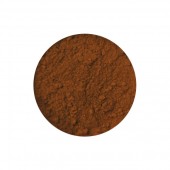
Translucent Yellow Oxide Pigment
Starting at: £7.00
-
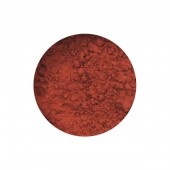
Venetian Red Pigment
Starting at: £4.60
-
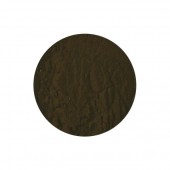
Van Dyke Brown Pigment
Starting at: £4.50
-
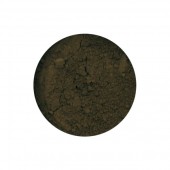
Raw Umber Greenish Pigment
Starting at: £4.80
-
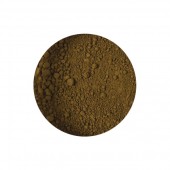
Raw Umber Pigment
Starting at: £4.00
-
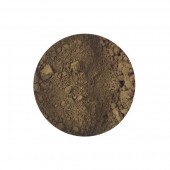
Burnt Umber Pigment
Starting at: £4.00
-
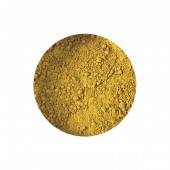
Raw Sienna Pigment
Starting at: £4.00
-
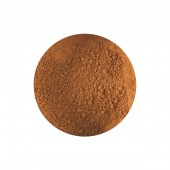
Burnt Sienna Pigment
Starting at: £4.00
-
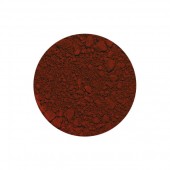
Translucent Red Oxide Pigment
Starting at: £9.80
-
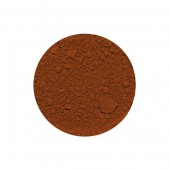
Pozzuoli Red Pigment
Starting at: £5.20
-
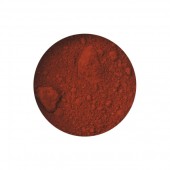
Translucent Orange Oxide Pigment
Starting at: £9.40
-
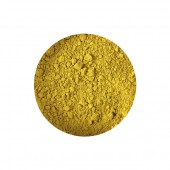
Yellow Ochre Pigment
Starting at: £4.00
-
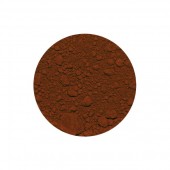
Red Ochre Pigment
Starting at: £4.00
-
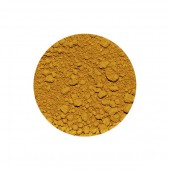
Golden Ochre Pigment
Starting at: £4.50
-
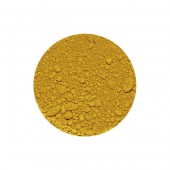
Mars Yellow Pigment
Starting at: £4.50
-
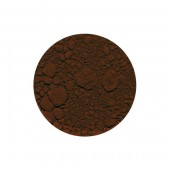
Mars Violet Pigment
Starting at: £4.50
-
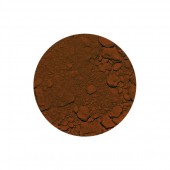
Mars Red Pigment
Starting at: £4.50
-
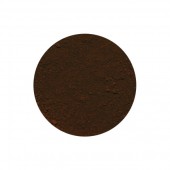
Indian Red Pigment
Starting at: £4.60
-
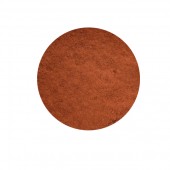
Burnt Green Earth Pigment
Starting at: £8.00
-
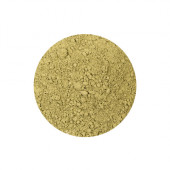
Green Earth Light Pigment
Starting at: £4.95
-
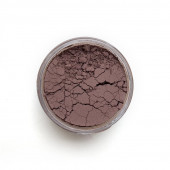
Caput Mortuum Pigment
Starting at: £4.50
-
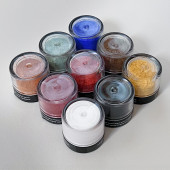
Cornelissen Iconographer's Pigment Set, with Aidan Hart
£41.00 -
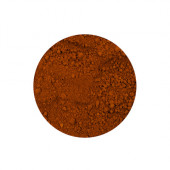
English Red Light Pigment
Starting at: £5.50
-
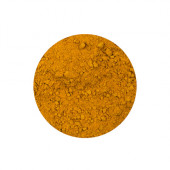
Warm Ochre Pigment
Starting at: £4.95
-
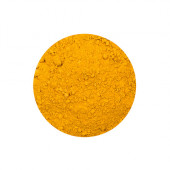
Yellow Ochre Light Pigment
Starting at: £4.96



